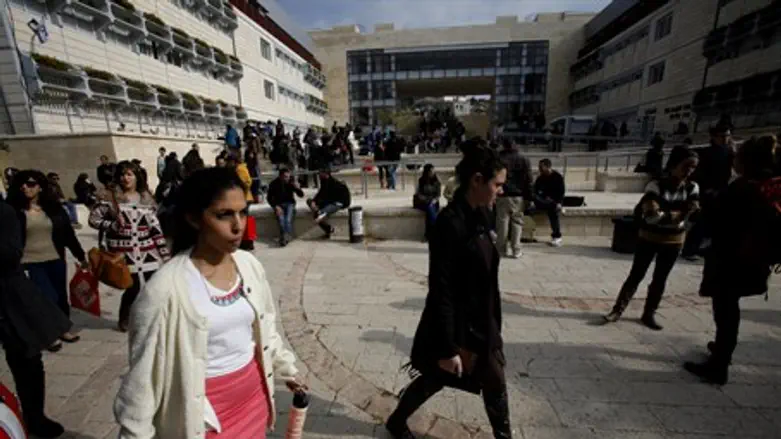
According to data recently released by the Organization for Co-operation and Development (OECD) and analyzed by content outlet 24/7 Wall St., Israel is in fourth place in the world in terms of education.
In Israel, the percentage of the population with tertiary education is 46.4%. Tertiary education spending per student is at $11,553, the 18th highest in the world and lower than most other developed countries.
Low education spending in Israel has resulted in low teacher salaries. New secondary teacher hires with minimum training were paid less than $19,000 in 2013, versus an OECD average of more than $32,000.
The most educated populations tend to be in countries where tertiary education spending is among the highest. Tertiary education spending in six of the most educated countries was higher than the OECD average of $13,957. Spending on tertiary education in the U.S., for example, was $26,021 per student, by far the most in the world.
Despite the value of investing in education, there are exceptions. Korea and the Russian Federation both spent less than $10,000 on tertiary education per student in 2011, considerably lower than the OECD average. Yet, they still have among the most educated populations.
Nevertheless, countries with strong higher education systems tend to have higher levels of advanced skills. Roughly 12% of adults across the OECD performed at the highest literacy proficiency level in 2012. The percentage of adults performing at the highest literacy level exceeded that figure in five of the most educated countries.
To identify the most educated countries in the world, 24/7 Wall St. reviewed the 10 countries with the highest proportions of residents aged 25 to 64 with a tertiary education in 2012. These data were included as part of the OECD’s 2014 Education at a Glance report. The countries considered included the 34 OECD member countries, and ten non-OECD nations. Included in the report were data on the proportion of adults completing various levels of education, unemployment rates, as well as public and private education expenditure. 24/7 Wall St. also reviewed data from the OECD’s Survey of Adult Skills, which included advanced adult proficiency in both math and reading. The most current figures for education expenditure by country are from 2011.
In the United States, the percentage of the population with tertiary education is 43.1%. High education expenditures have paid off to some degree, as a large proportion of U.S. adults have very high levels of qualification. Because of the slow growth rates of the past decade, however, the U.S. has slipped behind many other nations. While spending per tertiary student between 2005 and 2011 increased by 10% across OECD countries on average, U.S. spending decreased over that time. And the U.S. was one of only six countries to cut public education spending between 2008 and 2011. Like other countries where education is controlled by regional authorities, tertiary attainment levels vary widely in the United States, from as little as 29% in Nevada, to as much as 71% in the District of Columbia.